
You know that feeling when you spot a luxury watch and think, “That’s gotta be real, right?” Well, sometimes, that sparkly masterpiece might not be what it seems. Fake luxury watches are getting better at fooling even the most seasoned eye. Don’t worry, though—there are easy ways to tell if that designer watch you’re eyeing is the real deal or just a clever copycat.
Cartier

When inspecting a Cartier watch, check the screws on the bezel. Original models feature perfectly aligned screws, while counterfeits often show crooked ones. Cartier uses proprietary tools for these screws, setting them apart from standard screwdrivers. Additionally, many replicas fail to copy the iconic “secret signature” on the Roman numerals.
Rolex
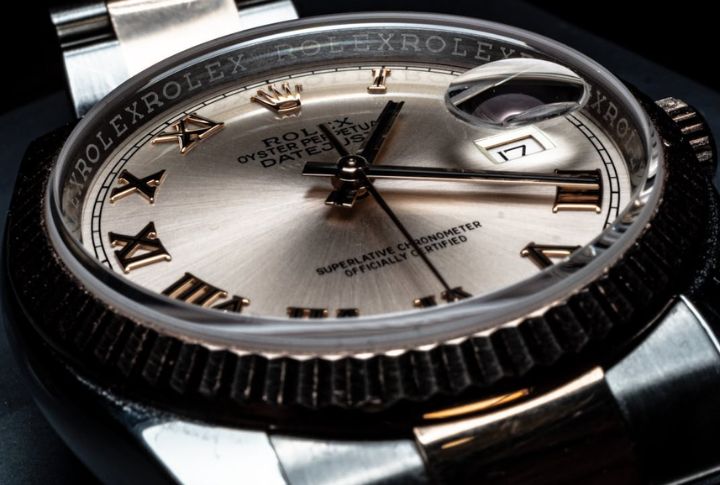
A real Rolex is known for its Cyclops lens, which magnifies the date 2.5x. Fakes rarely get the magnification right, typically falling short at 1.5x. The authentic Cyclops also ensures crisp, centered numbers. Some knockoffs may even attempt to mimic magnification with stickers, which are easy to spot under light.
Omega
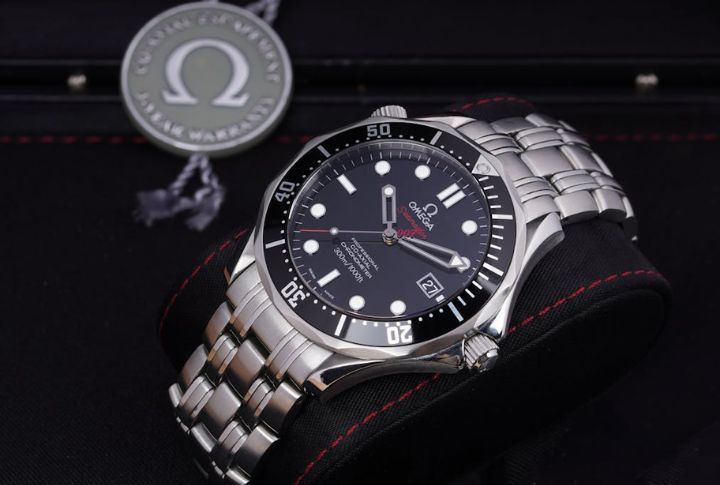
For Omega’s Seamaster, the logos are precision laser-etched, not printed or shallowly engraved. Imitations can show fading or smudging over time. On real models, the second-hand glides smoothly—there’s no ticking. The lume on genuine Seamasters also shines bright for hours, a feature difficult for replicas to mimic.
Tag Heuer

Original Tag Heuer chronographs have pushers that provide tactile resistance. If a pusher feels loose or clicks too easily, it’s likely a fake. Authentic models use sapphire glass, which is scratch-resistant and cool to the touch, unlike the cheap glass often used in counterfeits. Moreover, fake watches sometimes neglect proper date wheel alignment.
Patek Philippe
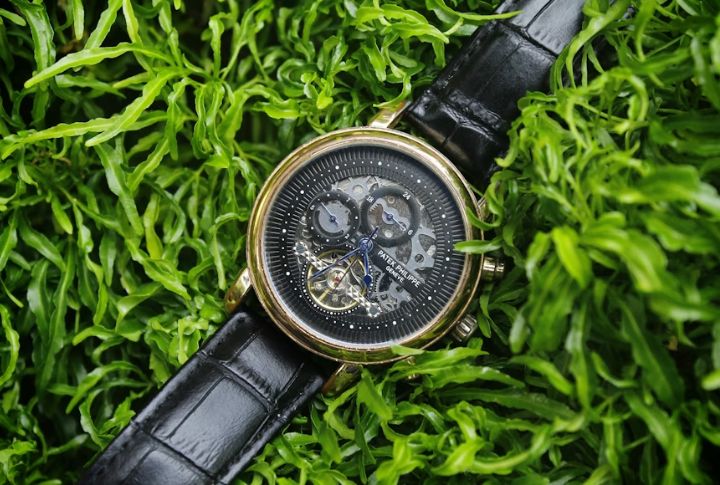
Patek Philippe is known for its attention to detail. Genuine models showcase laser-engraved Geneva Seal hallmarks on the movement, while replicas display shallow or inconsistent engravings. True pieces also feature deployant clasps that snap securely into place and come with full documentation, a rare find with replicas.
Richard Mille
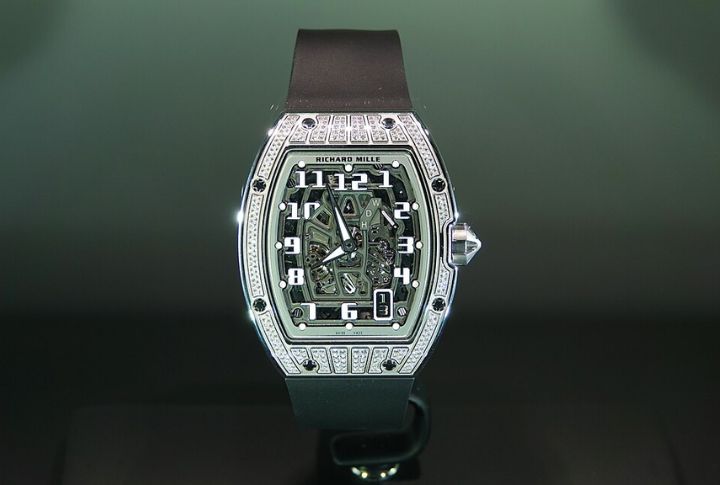
A real Richard Mille watch features a distinctive Carbon TPT case with a layered, wave-like texture—something nearly impossible to replicate precisely. Fake models tend to substitute matte plastic instead of carbon. Original Richard Mille watches also feature screws with a unique “spline” head design, and despite their size, these watches feel exceptionally lightweight.
Chopard
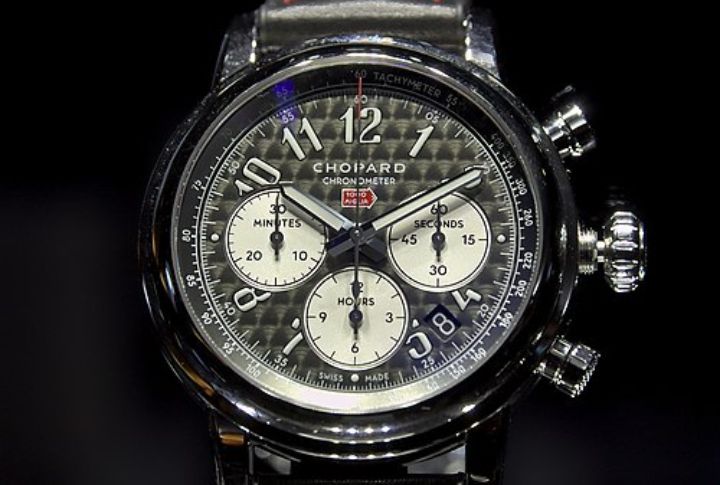
Chopard’s automatic watches have finely engraved rotors with consistent, uniform finishing. Counterfeits have uneven engravings or poorly cut jewels. The Geneva stripes on authentic models are sharp and deeply etched, contributing to their signature look. Furthermore, Chopard’s Happy Diamonds models show freely floating diamonds that move independently, not glued or fixed in place.
Audemars Piguet
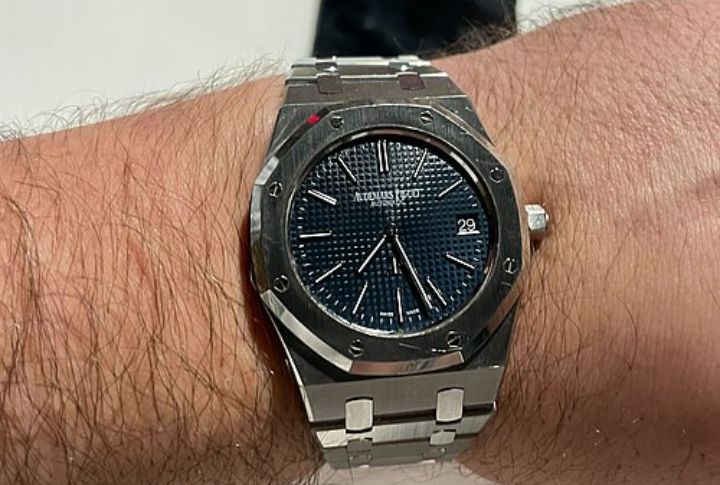
On a real Audemars Piguet Royal Oak, hexagonal screws are perfectly flush with the bezel, unlike the protruding or rounded screw heads commonly found on replicas. The “tapisserie” pattern on the dial should be symmetrical and rich in detail. Real AP watches also feature hand-polished edges, further confirming their authenticity.
IWC
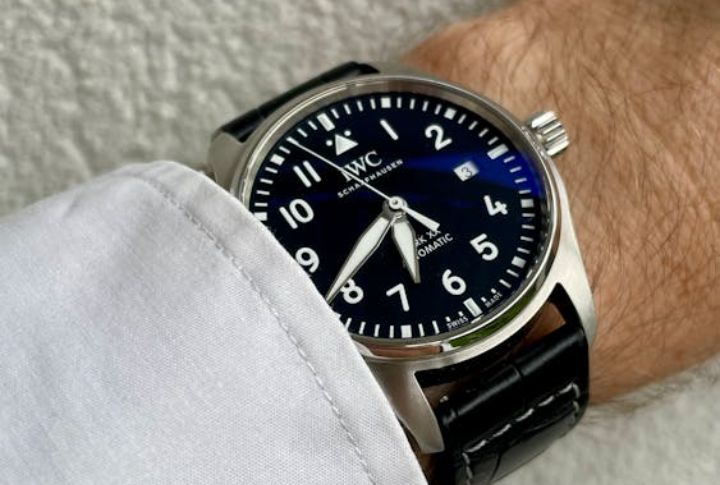
IWC watches are known for their precision, and their movement and case serial numbers should match. Fakes rarely replicate the internal serial numbers accurately. The IWC signature fish logo on the crown is a prominent feature—its absence is a red flag. Original models feature hands that are blued by heat rather than painted.
Hublot
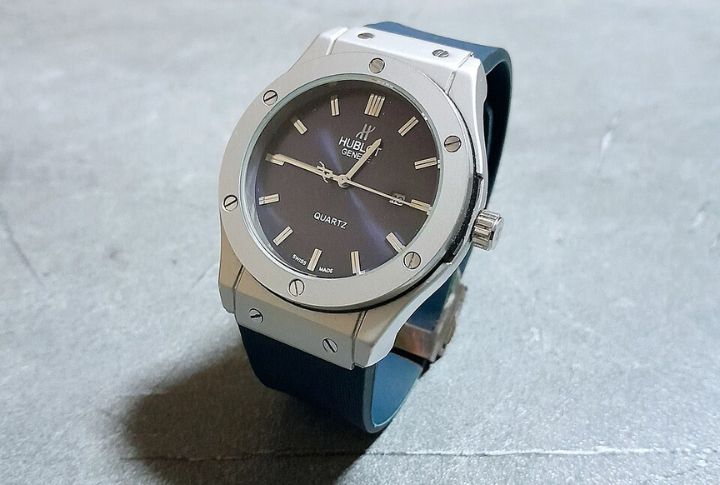
Authentic Hublot watches have transparent case backs that reveal highly detailed movements. Replicas, on the other hand, typically feature cheap-looking parts or stickers. Look for the “UNICO” or “Hublot” markings on the rotor—poorly executed fonts are a clear sign of a counterfeit. Furthermore, genuine rubber straps feature molded logos, not glued ones.
